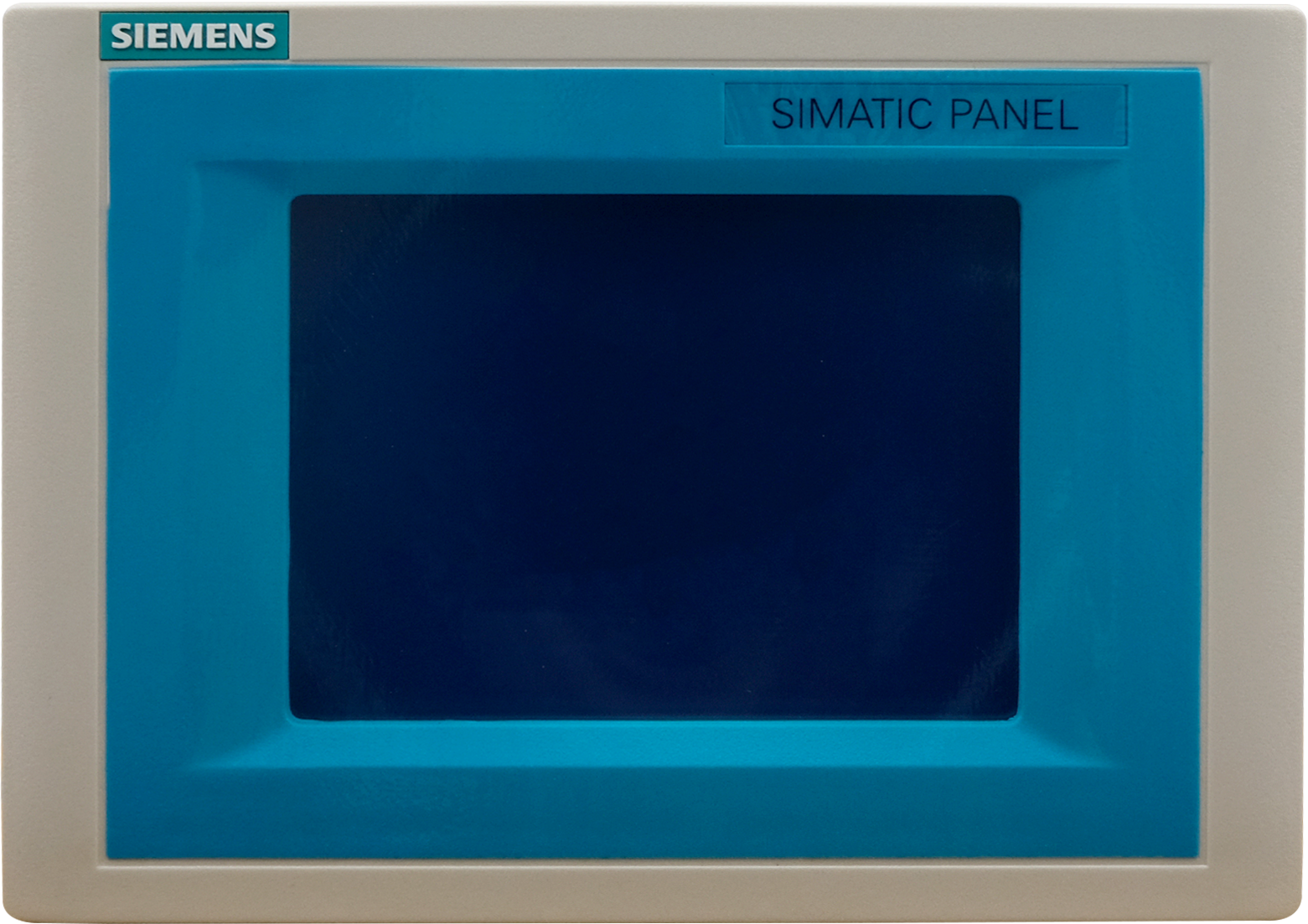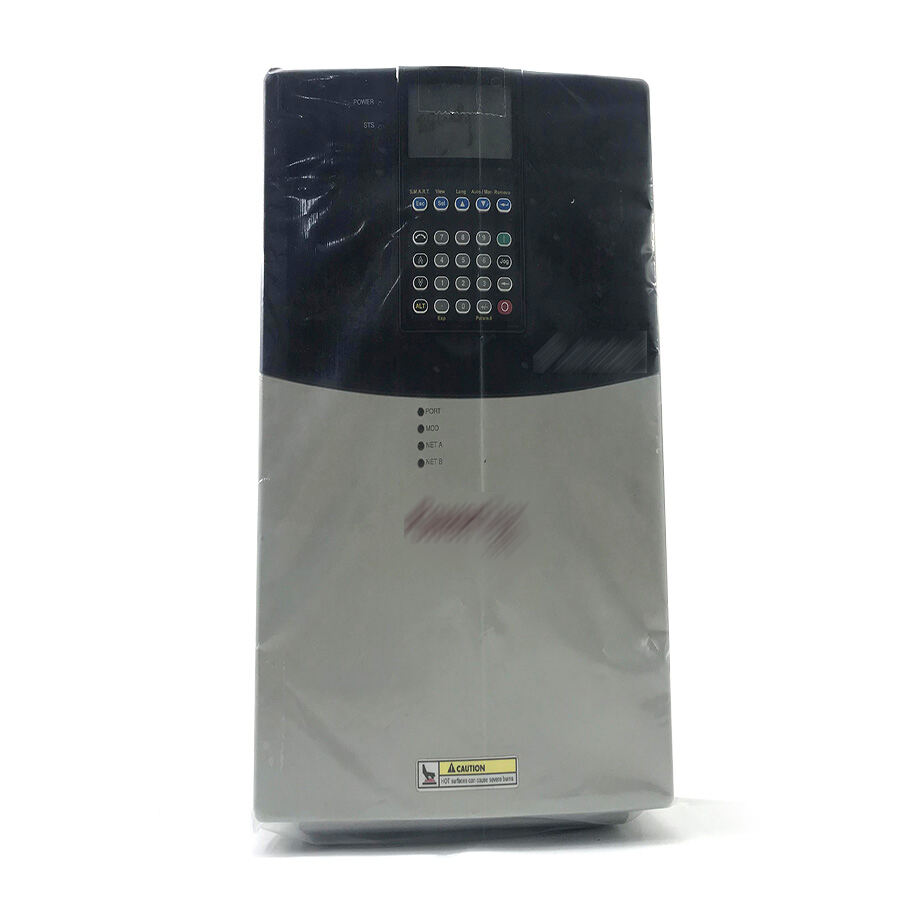plc input output module
A PLC input output module serves as the critical interface between a programmable logic controller and the physical devices in an automated system. These modules function as the nervous system of industrial automation, facilitating seamless communication between sensors, actuators, and the control system. The input module collects data from various field devices such as switches, sensors, and transducers, converting physical signals into digital information that the PLC can process. Conversely, the output module transforms the PLC's digital commands into physical actions, controlling devices like motors, valves, and indicators. Modern PLC I/O modules feature advanced diagnostic capabilities, hot-swapping functionality, and robust surge protection. They support multiple signal types including digital, analog, and specialized signals, making them versatile for diverse industrial applications. The modules are designed with industrial-grade components to withstand harsh environments, featuring operational temperature ranges from -40°C to +70°C. High-speed processing capabilities enable real-time response to system changes, with scanning rates as fast as 1 millisecond. These modules often incorporate status LEDs for quick troubleshooting and maintenance, while built-in isolation protection ensures reliable operation in electrically noisy environments.

